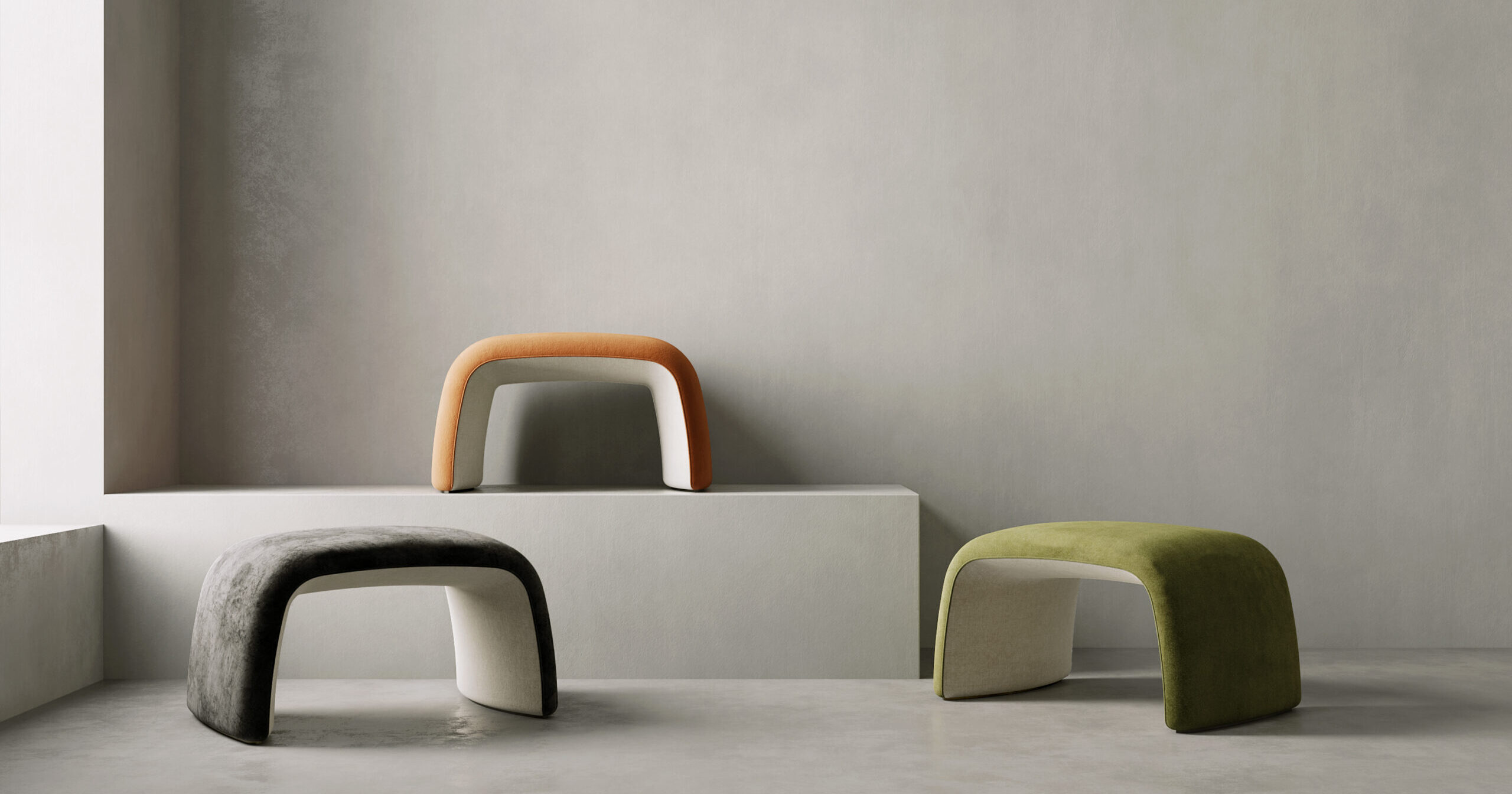
Care & Maintenance
WOOD / VENEER
- REGULAR CLEANING – Keep surfaces free of dust with a soft cloth or feather duster. For occasional cleaning, use a damp cloth with a touch of mild soap. Always follow the natural grain, and dry off with a clean cloth right after — it helps the material breathe and stay balanced over time.
- AVOID DAMAGE – Protect the surface from direct heat, moisture, and spills — always use coasters, trivets, or cloth pads. Liquids like alcohol, vinegar, coffee, and tea can leave lasting marks or stains if left sitting. A little care in daily use keeps the material honest and intact.
- AVOID SUNLIGHT – Keep your piece out of prolonged direct sun — strong light can shift colour tones and dry out natural materials over time. Use shades or curtains to soften exposure where needed.
- POLISHING – Use a gentle, quality polish made for natural finishes. Apply lightly with a soft cloth and work it in with care. Skip anything harsh or abrasive — a subtle touch helps the surface hold its depth without losing its character.
STONE
- REGULAR CLEANING – Wipe stone surfaces with a soft, dry or lightly damp cloth to keep them clear of dust. For routine care, a mild soap with water works well. Avoid acidic or gritty cleaners — they can wear down the surface. Liquids like vinegar, wine, citrus, coffee, or tea can stain natural stone like marble, so clean spills right away using a damp cloth and a neutral soap.
- DRYING – After cleaning, dry the stone surface with a soft cloth to prevent water spots.
- NATURE OF MATERIAL – Marble evolves with time — matte finishes may gradually develop a soft sheen through everyday use. This isn’t damage, but part of how the stone settles into its environment. To avoid surface scratches, lift objects rather than sliding them across the surface.
- AVOID HEAT & LIGHT – Avoid placing hot items directly on stone surfaces — use trivets or mats to protect the finish. Steer clear of products with alcohol, acetone, ammonia, or harsh chemicals, as they can dull or stain the surface. Marble can react to long exposure to sunlight, leading to fading or shifts in colour. To maintain even tone, avoid leaving objects in the same spot for extended periods.
METAL
- REGULAR CLEANING – Gently wipe metal surfaces with a soft cloth to clear away dust and buildup. If needed, use a lightly dampened cloth — but avoid letting moisture sit too long. Keep hot items away from the surface, as concentrated heat can cause subtle discoloration over time.
- AVOID DAMAGE – Skip abrasive cleaners or harsh chemicals — they can wear down the surface or leave lasting marks. Avoid contact with substances like alcohol, acetone, ammonia, or chlorine, as well as acidic foods like lemon or tomato. If spills happen, wipe them off quickly to keep the finish intact.
LEATHER
- REGULAR CLEANING – Gently clean the leather surface using a soft, dry cloth or one that’s lightly dampened to lift away dust and debris. Avoid excessive moisture, as it may lead to staining. Refrain from using sanitising sprays or wipes, as these can damage the leather’s natural finish.
- AVOID SUNLIGHT – To maintain leather’s innate qualities, it’s best to keep it out of direct sunlight and away from high heat sources. Prolonged exposure to sunlight or heat can dry out the leather and lead to cracking. For optimal preservation of its colour and consistency, ensure leather is not placed near heaters, fireplaces, or windows.
- CONDITIONING – To ensure your leather retains its softness and durability over time, occasional conditioning is key. Using a quality leather conditioner helps preserve its suppleness and overall appearance. For optimal care—and to prevent unintended damage—it’s advisable to consult a professional who is experienced in handling and treating leather properly.
- AVOID DAMAGE – Handle leather with care to prevent damage—keep it away from sharp objects and abrasive surfaces that may scratch or tear it. Refrain from scrubbing the surface harshly, as this can compromise its texture. Additionally, avoid using solvents or alcohol-based cleaners, which can cause irreversible changes to the leather’s finish.
UPHOLSTERY
- REGULAR CLEANING – Routinely vacuum fabric surfaces using a soft brush attachment to remove dust, dirt, and debris. This simple habit helps maintain the fabric’s appearance and prolongs its lifespan.
- SPOT CLEANING – In case of spills or stains, promptly blot the area with a clean, damp cloth—avoid rubbing, as it may spread the stain. For deeper cleaning, use a mild soap diluted in water and gently dab the affected area. Always test on an inconspicuous spot first.
- DEEP CLEANING – For thorough maintenance and to preserve the fabric’s original look, consider professional cleaning. Experts can effectively deep clean without compromising the material’s integrity or finish.
LACQUER
- REGULAR CLEANING – Gently wipe lacquered surfaces with a soft, dry or slightly damp cloth to clear away dust and dirt. Avoid using any cleaning agents or chemicals, as they may damage the finish.
- AVOID DAMAGE – Protect lacquered surfaces by avoiding direct contact with hot or wet items—always use coasters, placemats, or trivets. Be cautious with liquids like alcoholic beverages, vinegar, coffee, and tea, as their acids and pigments can lead to stains or discolouration.
GLASS
- REGULAR CLEANING – For routine cleaning, use clean water or a dedicated glass cleaner to wipe down glass surfaces. Follow up by drying and polishing with a microfiber cloth to ensure a clear, streak-free finish.
IMPORTANT NOTE : The care guidelines provided offer essential advice for maintaining Trestle products but do not guarantee specific outcomes. Trestle assumes no liability for damage resulting from cleaning or maintenance efforts. Always refer to and follow the instructions supplied by manufacturers of cleaning agents and solvents.


